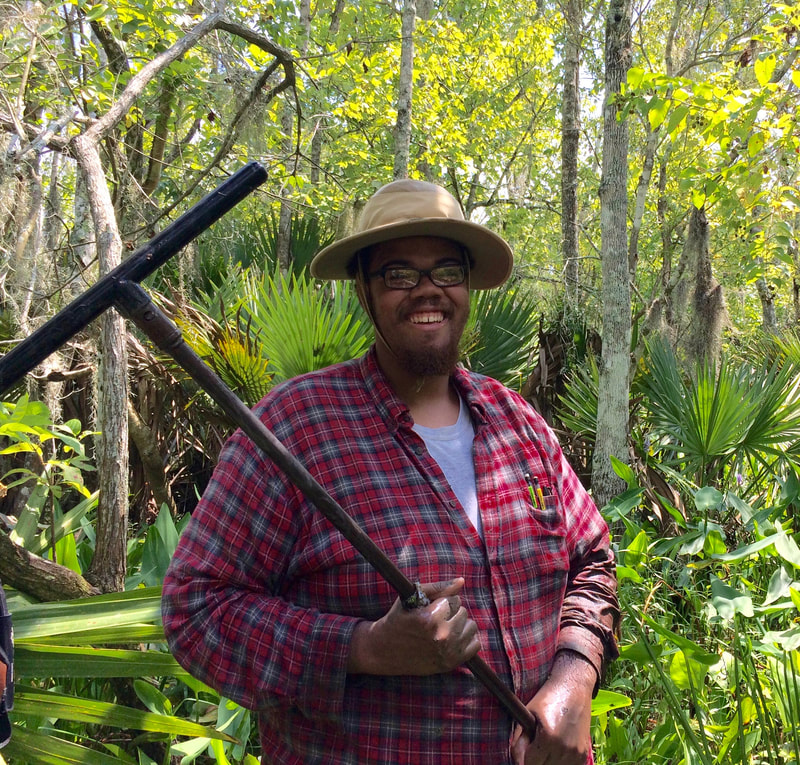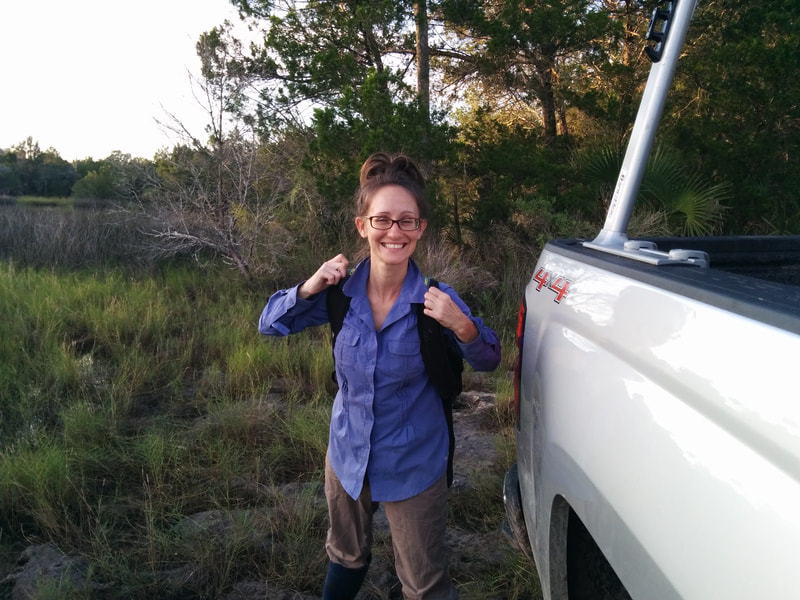Connecting Watersheds and Coastal Resources:
Oysters and Fresh Water: Oyster reefs provide myriad ecosystem services, however their role in directing flow during non-storm conditions has been largely neglected. Dr. Kaplan and colleagues hypothesized that reefs can influence salinity over large areas, providing a “keystone” ecosystem service. In an ongoing field and modeling study, we found long-term salinity differences of >30% between landward and seaward sides of a degraded reef in the Gulf of Mexico, supporting the role of reefs as local freshwater “dams”. Hydrodynamic modeling suggests that the degraded reef likely detained more freshwater in the past, buffering the landward advance of high salinities, particularly during droughts. These results elucidate a poorly documented ecosystem service provided by oyster reefs; provide an estimate of the magnitude and spatial extent of this service; and offer quantitative information to guide future oyster reef restoration. Read the paper in PLOS ONE.
Oysters and Fresh Water: Oyster reefs provide myriad ecosystem services, however their role in directing flow during non-storm conditions has been largely neglected. Dr. Kaplan and colleagues hypothesized that reefs can influence salinity over large areas, providing a “keystone” ecosystem service. In an ongoing field and modeling study, we found long-term salinity differences of >30% between landward and seaward sides of a degraded reef in the Gulf of Mexico, supporting the role of reefs as local freshwater “dams”. Hydrodynamic modeling suggests that the degraded reef likely detained more freshwater in the past, buffering the landward advance of high salinities, particularly during droughts. These results elucidate a poorly documented ecosystem service provided by oyster reefs; provide an estimate of the magnitude and spatial extent of this service; and offer quantitative information to guide future oyster reef restoration. Read the paper in PLOS ONE.
Salt-Stressed Forests: PhD student Elliott White works to understand how chronic low-level salinity affects the health and productivity of coastal bald cypress (Taxodium distichum) swamps. Elliott recently published a comprehensive review of saltwater intrusion and freshwater management in coastal wetlands, and he is collecting ecological and hydrological data at sites across the Gulf of Mexico from Texas to Florida to show how connections between groundwater salinity, forest productivity, and mortality vary by region. This study builds on Dr. Kaplan's previous work to understand interactions among surface water, groundwater, and vadose zone hydrology and salinity in coastal floodplain forests. Read those papers in the Journal of Environmental Quality, Water Resources Research, Journal of Hydrology, and Journal of Contaminant Hydrology.
Saltwater Intrusion and Coastal Ecohydrology: PhD student Katie Glodzik is studying how saltwater intrusion from SLR and decreased river flow are combining to threaten coastal ecosystems, particularly those modified by development. She investigates drivers and impacts of saltwater intrusion and altered hydrology in the coastal wetlands of Florida’s Big Bend region to meet three objectives: 1) to determine long-term trends and drivers of river discharge; 2) to evaluate the effect of coastal roads on salt marsh hydrology and ecology; and 3) to use physical and hydrological variables to predict coastal forest die-off. Preliminary results show that roads consistently decrease invertebrate densities in tidally-restricted marshes, while impacts to salinity and vegetation vary by road.
Coastal Vegetation Dynamics: PhD student Amy Langston is investigating how SLR and a warming climate are driving reassembly trajectories of coastal vegetation. Her data on tree and understory vegetation in freshwater forest islands extend a 20-year dataset and reveal long-term trends of forest decline and marsh conversion. Amy’s field experiments on mangrove seedling success in relict freshwater islands show that, while climate change provides favorable conditions for mangrove establishment, crab predation and insect herbivory are strong top-down controls on mangrove encroachment into new areas. Check out her recent papers in Global Change Biology and Hydrobiologia!



